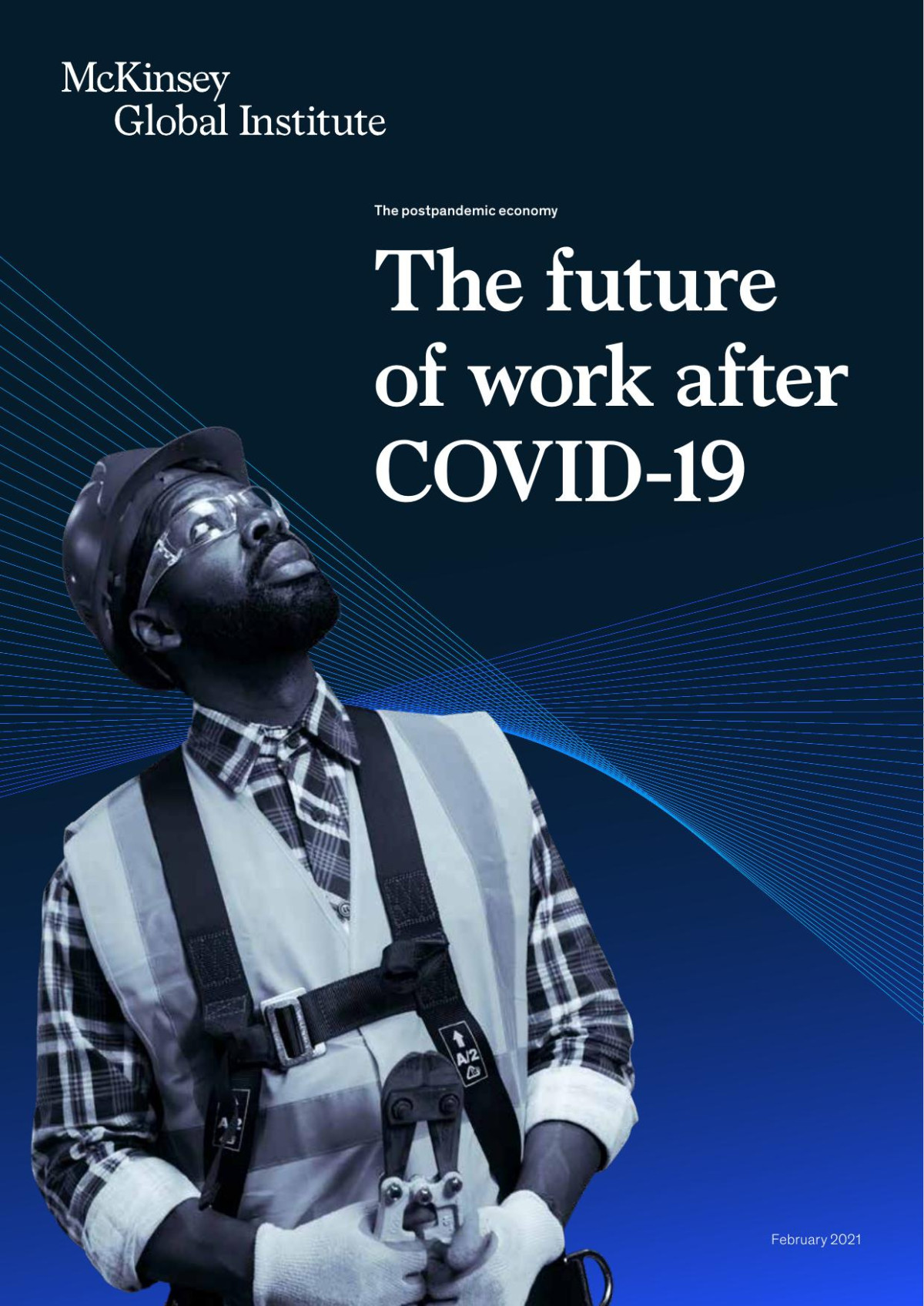

Most ebook files are in PDF format, so you can easily read them using various software such as Foxit Reader or directly on the Google Chrome browser.
Some ebook files are released by publishers in other formats such as .awz, .mobi, .epub, .fb2, etc. You may need to install specific software to read these formats on mobile/PC, such as Calibre.
Please read the tutorial at this link: https://ebookbell.com/faq
We offer FREE conversion to the popular formats you request; however, this may take some time. Therefore, right after payment, please email us, and we will try to provide the service as quickly as possible.
For some exceptional file formats or broken links (if any), please refrain from opening any disputes. Instead, email us first, and we will try to assist within a maximum of 6 hours.
EbookBell Team

4.3
98 reviewsKey points from the report:
Physical proximity as a new factor: The pandemic highlighted the importance of physical proximity and the level of human interaction in work. The report categorizes occupations based on these factors, identifying those at higher risk of transformation.
Acceleration of trends: COVID-19 accelerated remote work, e-commerce, and automation. It is estimated that over 100 million workers will need to switch occupations by 2030.
Challenging job transitions: Workers will face more difficult transitions, requiring new skills to adapt to emerging jobs. Those with lower education levels, women, ethnic minorities, and young people may be most affected.
Changes in labor demand: The demand for high-wage jobs is expected to increase, while low-wage jobs may decline, posing a challenge in reskilling workers.
Role of businesses and policymakers: The report emphasizes the need for businesses and policymakers to facilitate worker transitions. Businesses can redesign work, enhance training, and adopt skills-based hiring. Policymakers can expand digital infrastructure, support workers in transition, and ensure labor market flexibility.
In conclusion, the report underscores that although the pandemic will fade, labor market challenges will persist. Agility and creativity will be required from businesses and policymakers to adapt to these changes and build a more promising and equitable future of work.